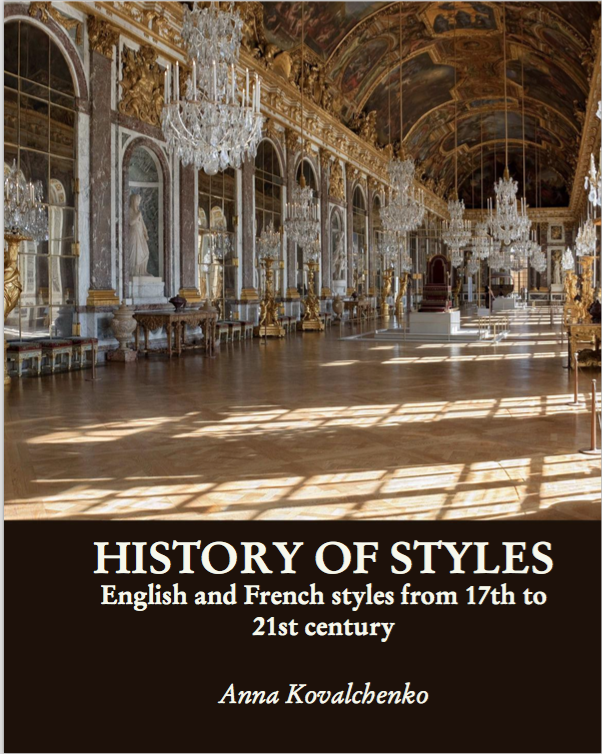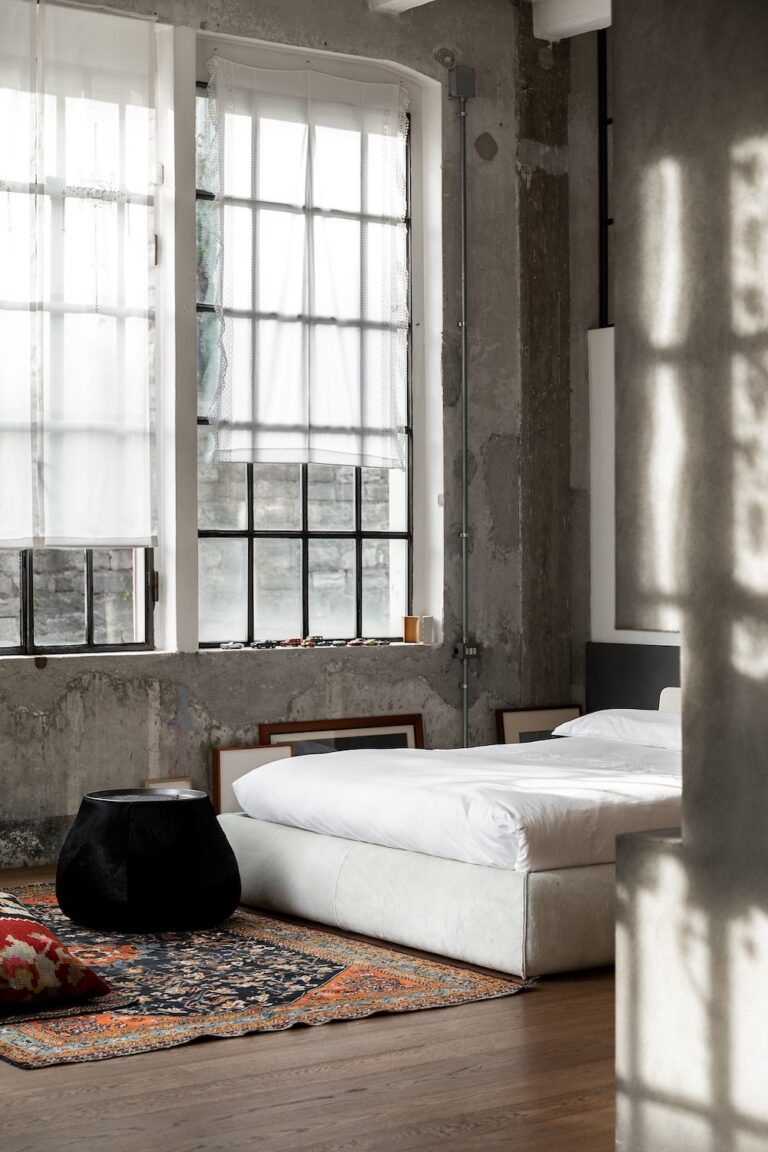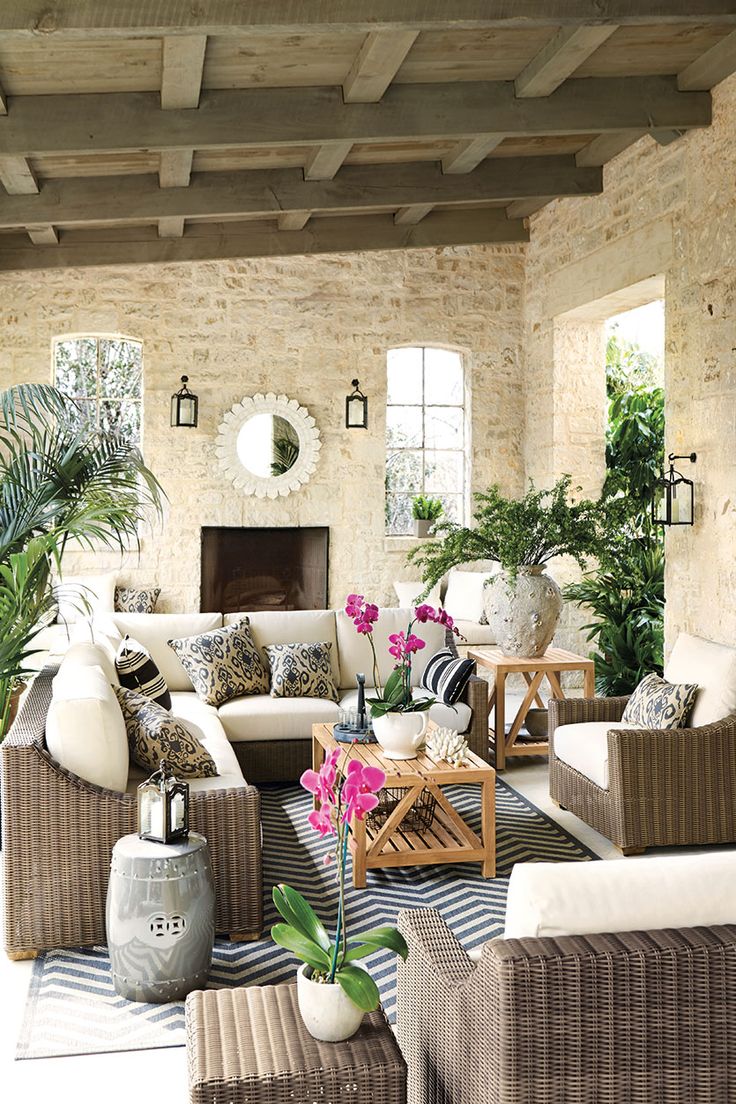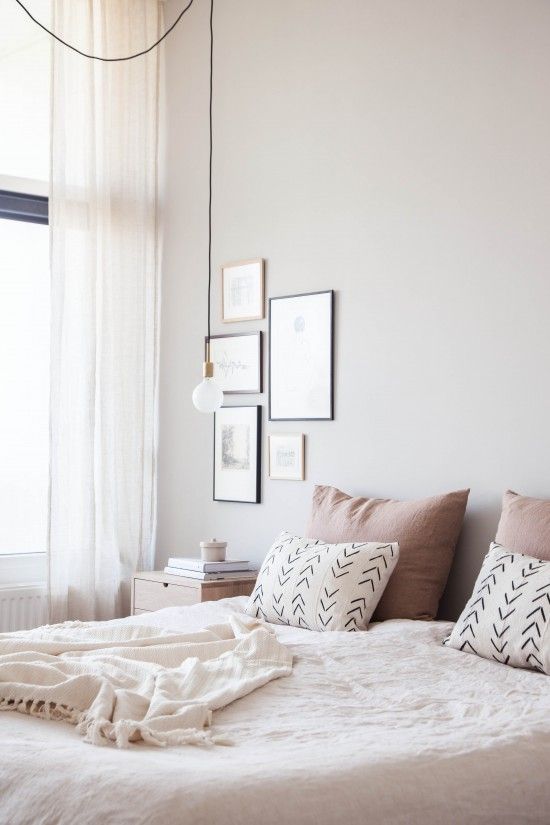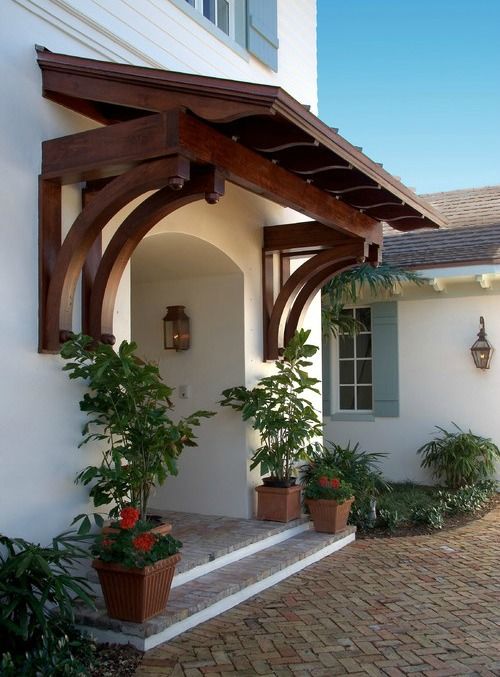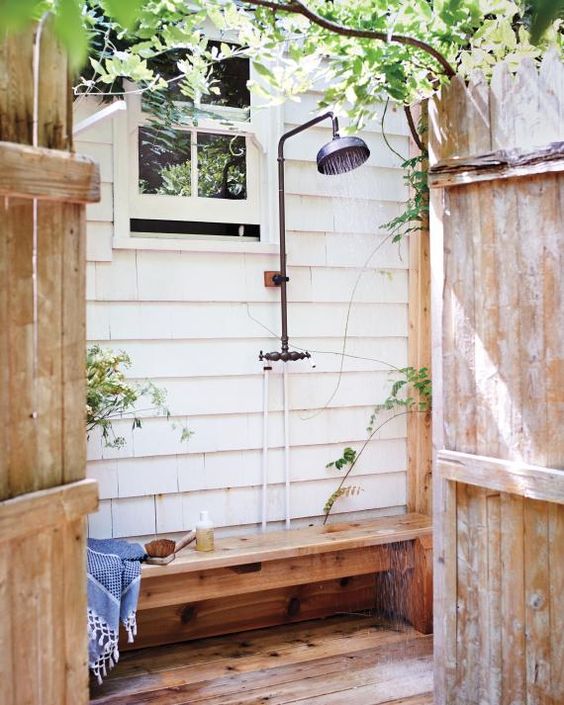Visiting Château de Malmaison
This weekend we have visited the Château de Malmaison. It is a relatively small and pleasant palace located 15 kilometers from central Paris, in a picturesque area known as the Preo forest. It was the private residence of Napoleon and Josephine.
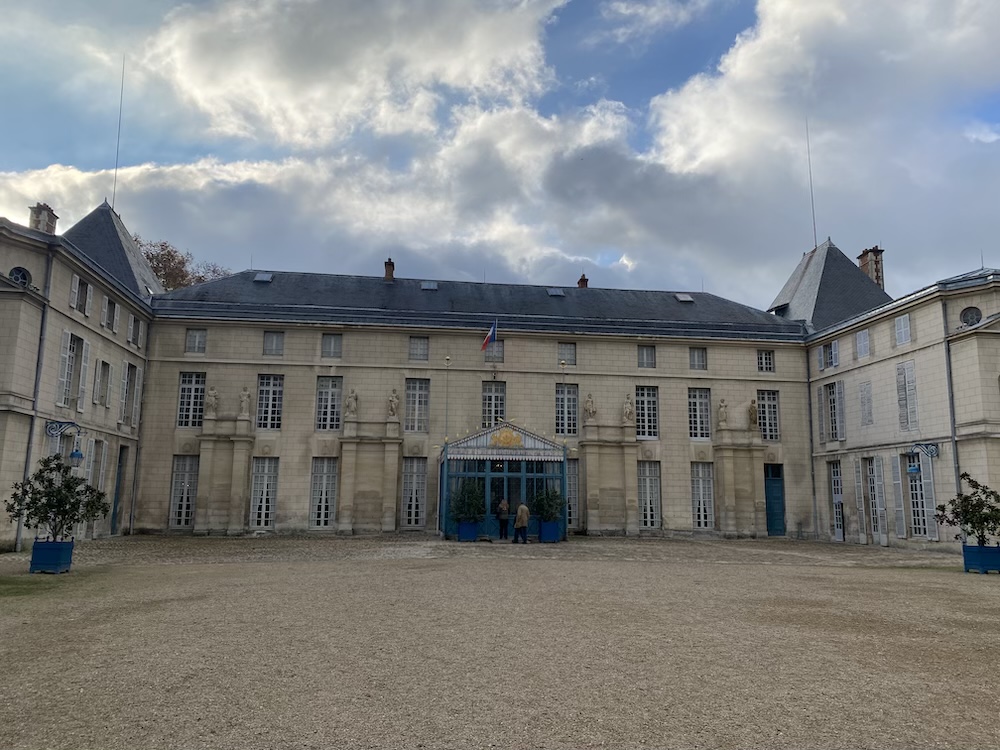
For a long period of time, the wife of Napoleon Bonaparte, Empress of France Josephine Beauharnais, lived in this amazingly beautiful place.
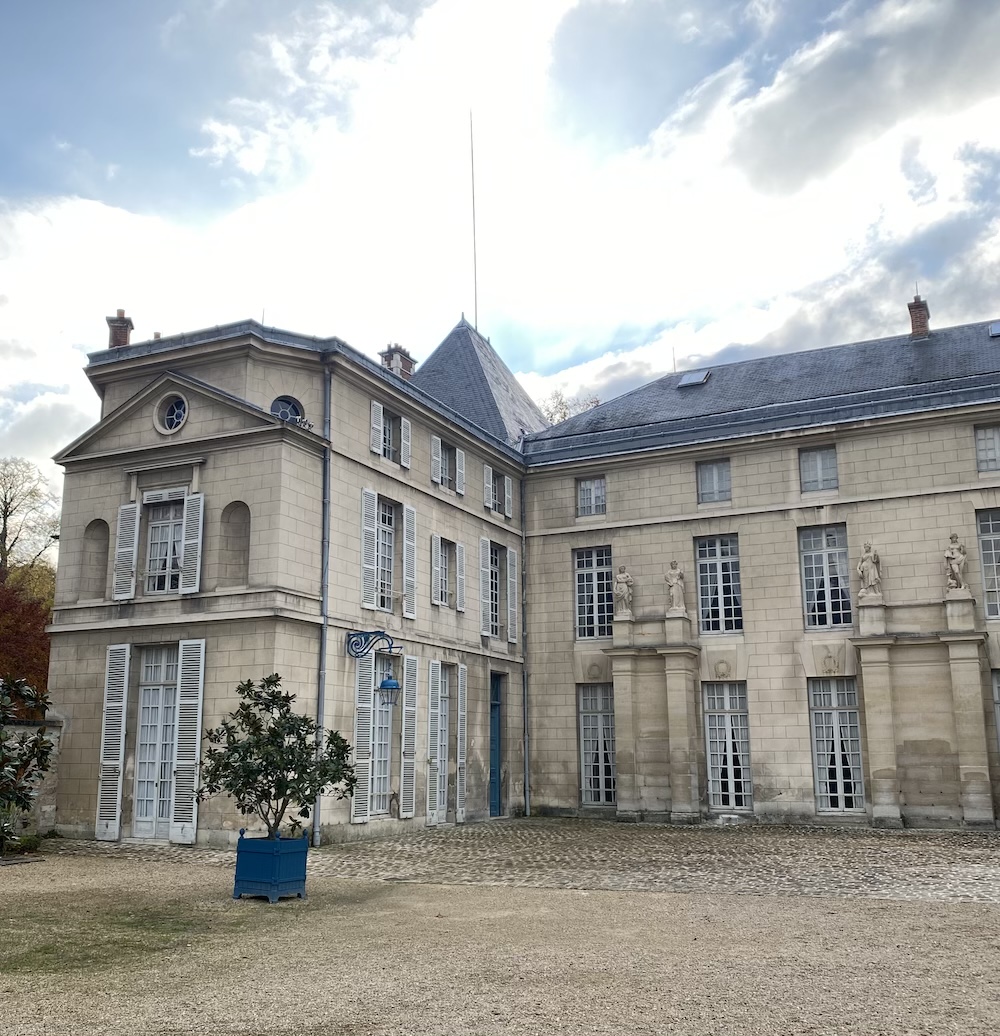
During his consulate, from 1800 to 1804, Napoleon I spent most of the weekends and public holidays here.
From the memoirs of the secretary of Napoleon I, it follows that it was the Malmaison castle (Chateau de Malmaison) that was the only place where the emperor always remained himself, after the constant fierce battles of the era of his conquests.
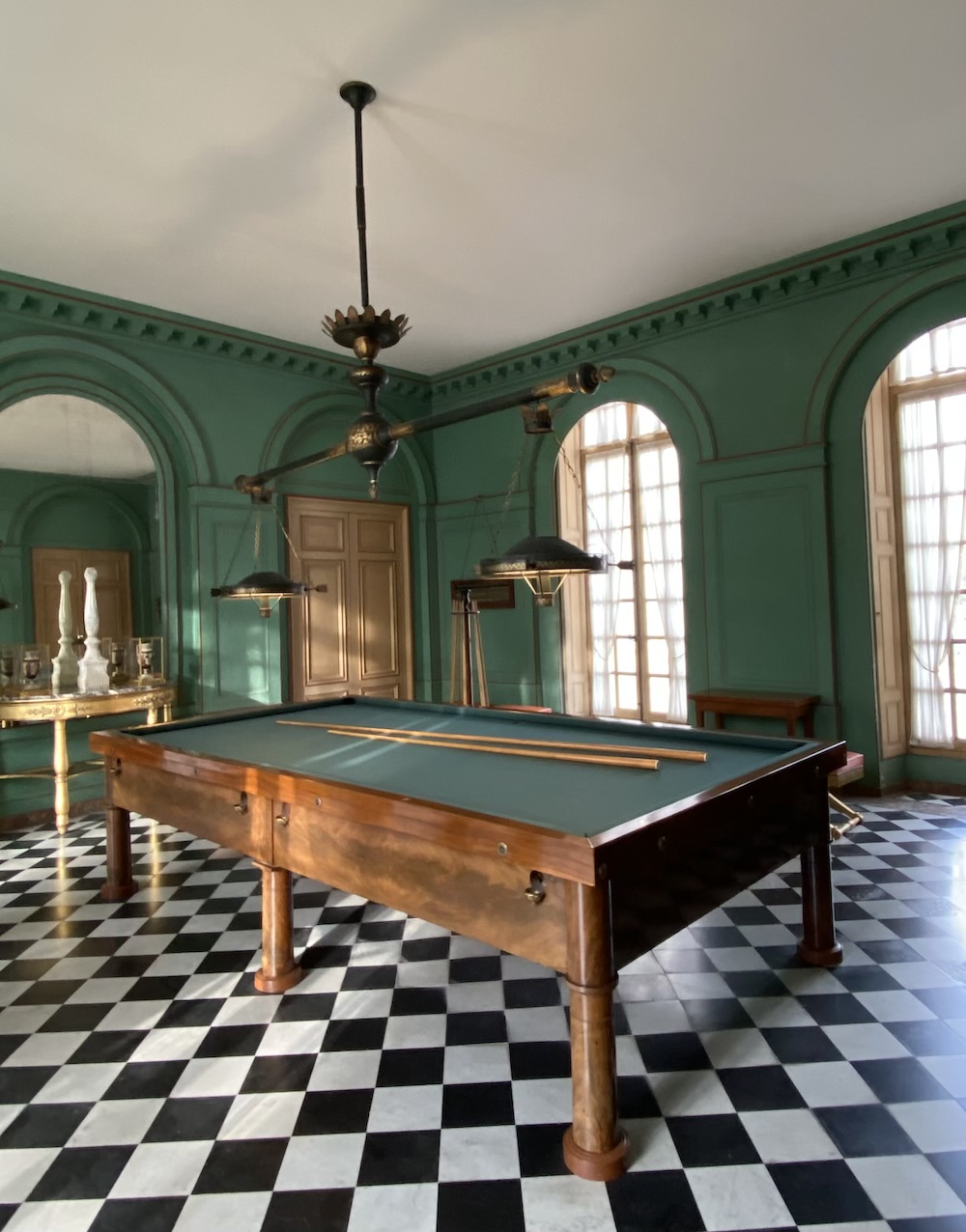
After her divorce from Napoleon, Josephine Beauharnais continued to live in the castle until her death in 1814 – she arranged a wonderful rose garden there and from time to time met in this residence the Emperor of France.
Today, visitors can see the official apartments in the Malmaison castle, which perfectly demonstrate the style of the First French Empire, as well as the dresses, glass, porcelain and personal belongings of the empress.
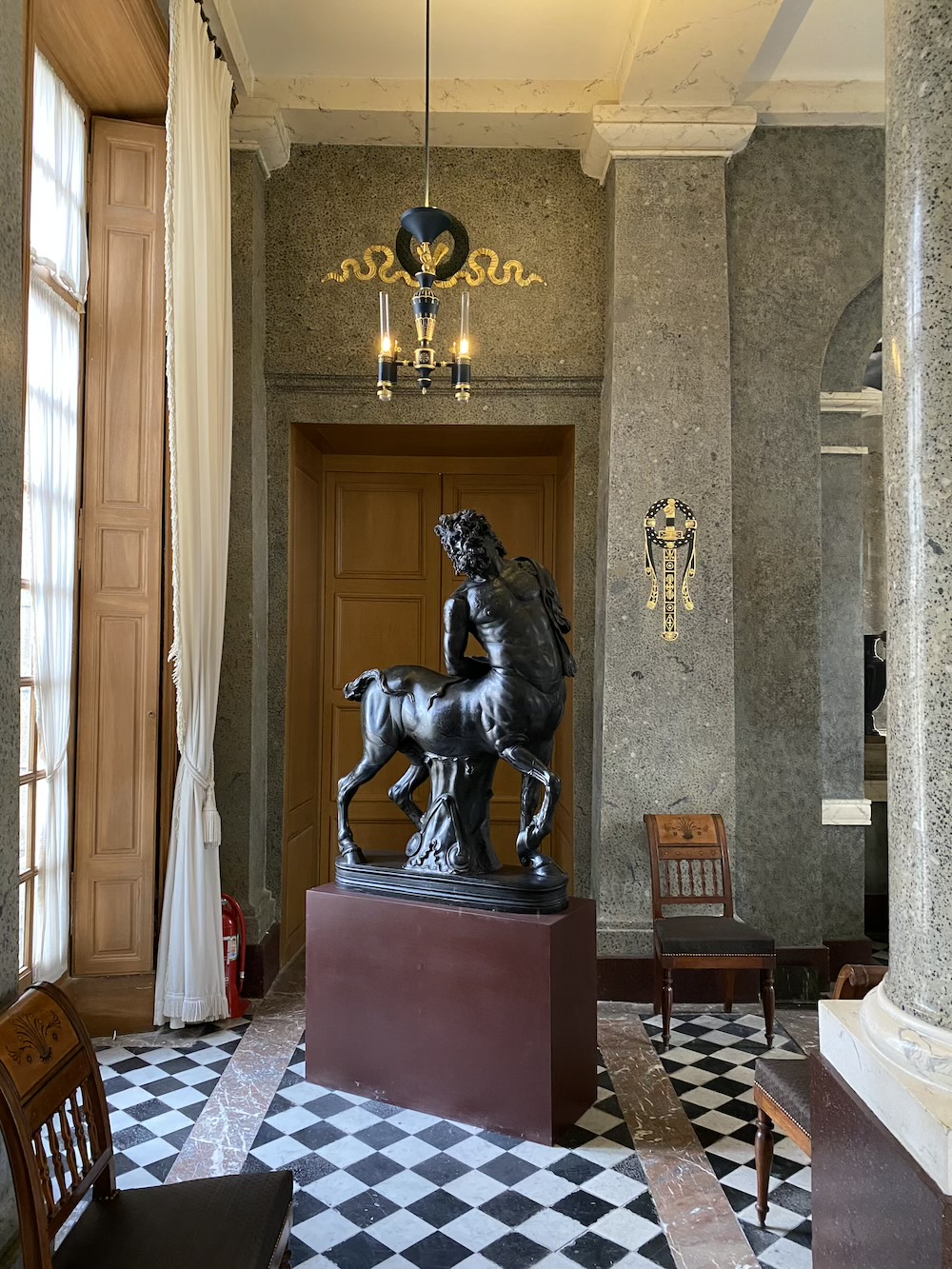
In the 10th century, the Normans, who conquered and robbed villages and cities along the entire length of the Seine River, brought their loot here. From here, according to legend, the name originates: Malmaison, which means “bad house”.
Malmaison Castle (Chateau de Malmaison) was built in 1610 and was remodeled from time to time until 1686. Since 1737, the castle began to be leased to wealthy financiers, who hosted an exquisite society in Malmaison.
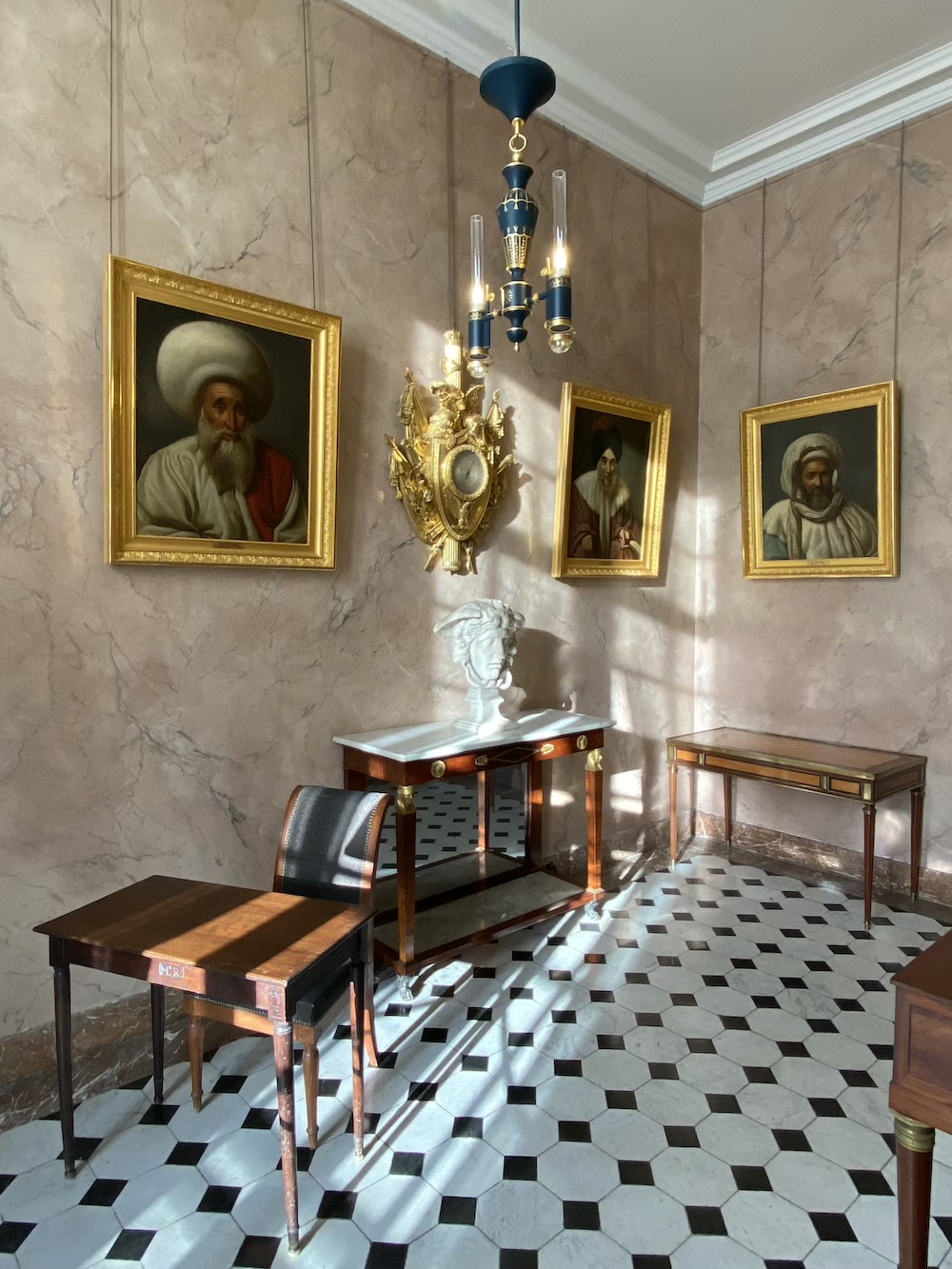
In 1763, Malmaison Castle was bought by the son of Chancellor d’Ageso, and in 1771 – by the wealthy banker Jacques-Jean le Couteau du Molay. The banker’s family slightly increased the size of the wings of the house overlooking the garden. Madame du Molay arranged a literary salon in this castle, which was attended by the philosopher-educator Melchior Grimm, Abbot Delisle, Madame Vigee-Lebrun and the writer Bernardin de Saint-Pierre.
The turbulent events of the French Revolution, which led to instability in the state, forced the banker to sell the Malmaison castle. The buyer was Josephine Bonaparte (Beauharnais).
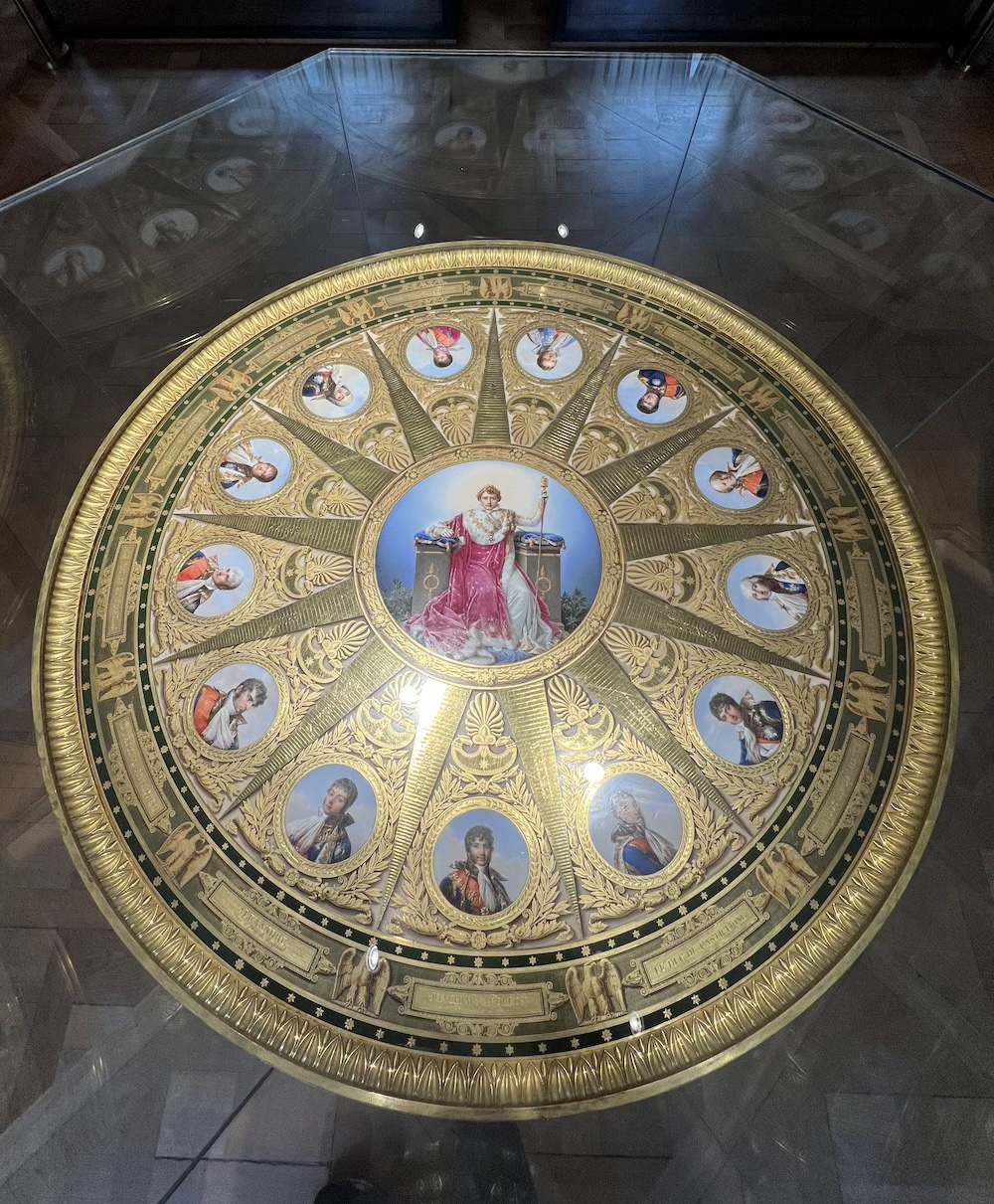
On April 21, 1799, she purchased the estate, paying fifteen thousand francs in advance, and after returning from the Egyptian campaign, Napoleon Bonaparte finally confirmed this deal, paying in full for the castle (the cost was 300 thousand francs).
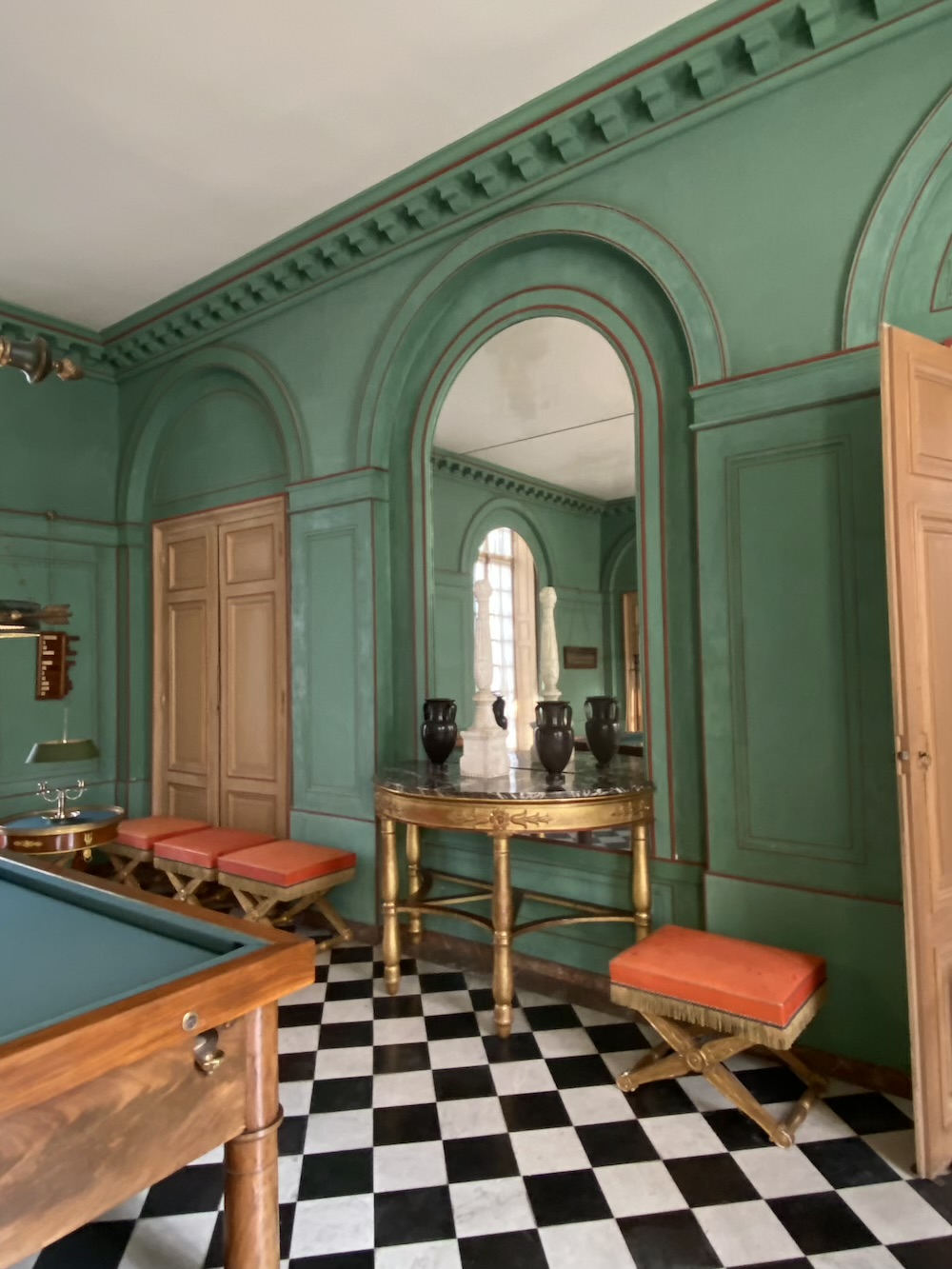
Napoleon, already possessing the status of first consul, loved to come here to relax and work in a secluded atmosphere. He ordered to equip the castle for his needs a small office-library and a meeting room.
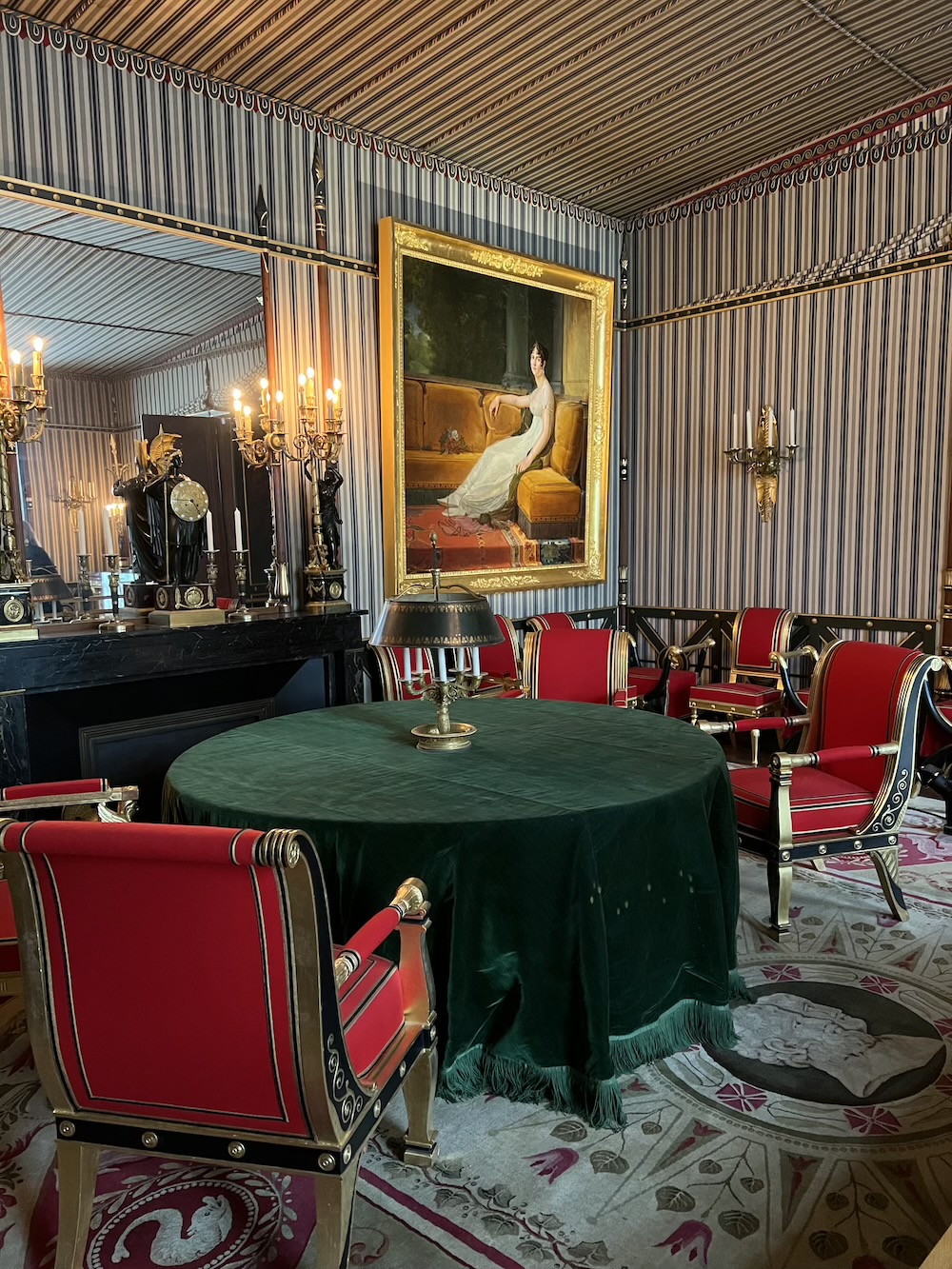
In the period from 1800 to 1802, this small chateau, along with the Tuileries, became exactly the place where the leadership of imperial France met, as well as where the ministers of the Consulate met in an informal atmosphere.
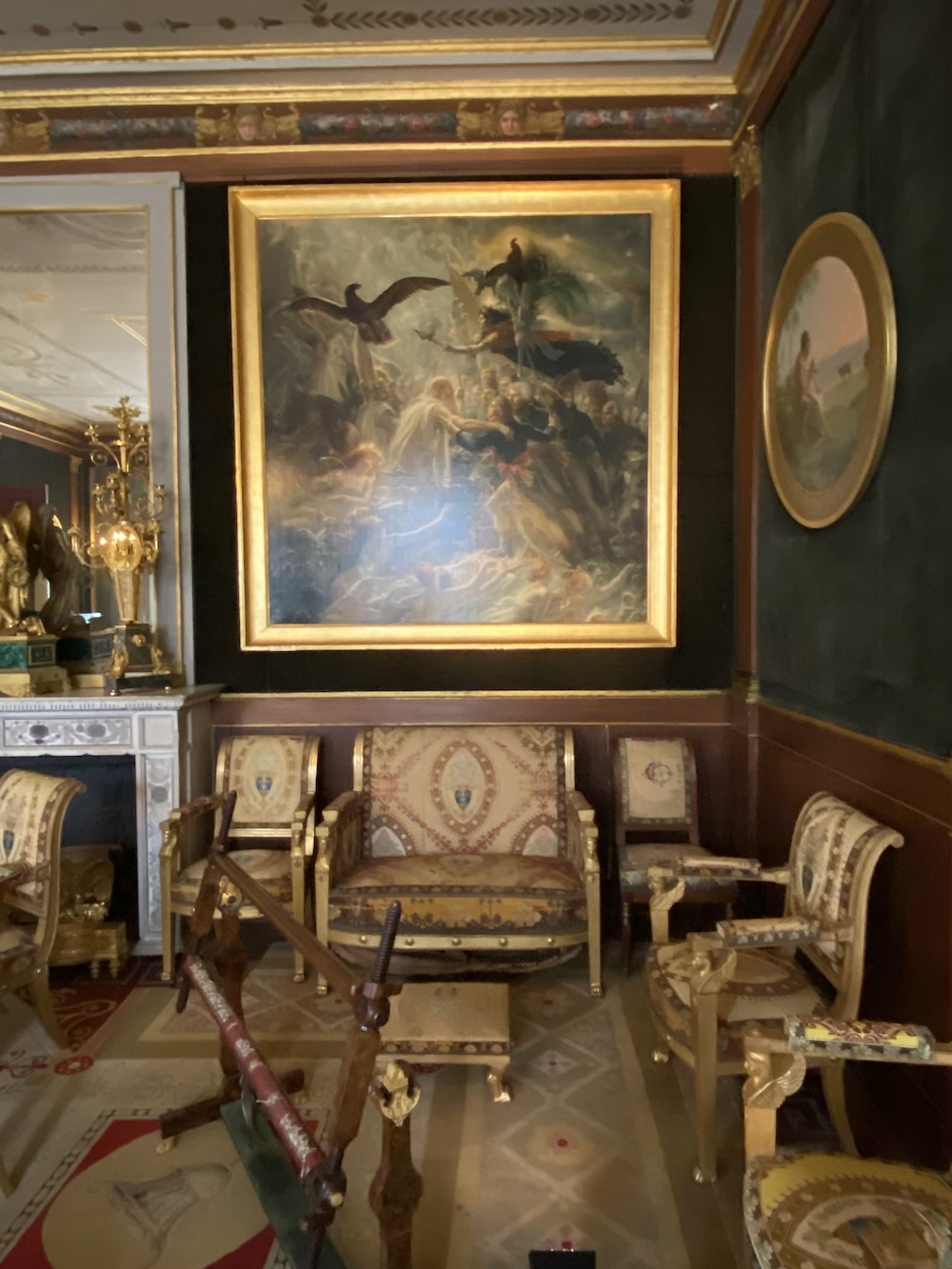
In 1802, the Bonaparte family moved to the Château Saint-Cloud, but Josephine regularly visited the Malmaison Château, which encouraged Napoleon to hire architects to rebuild and decorate the palace according to the taste of Madame Bonaparte.
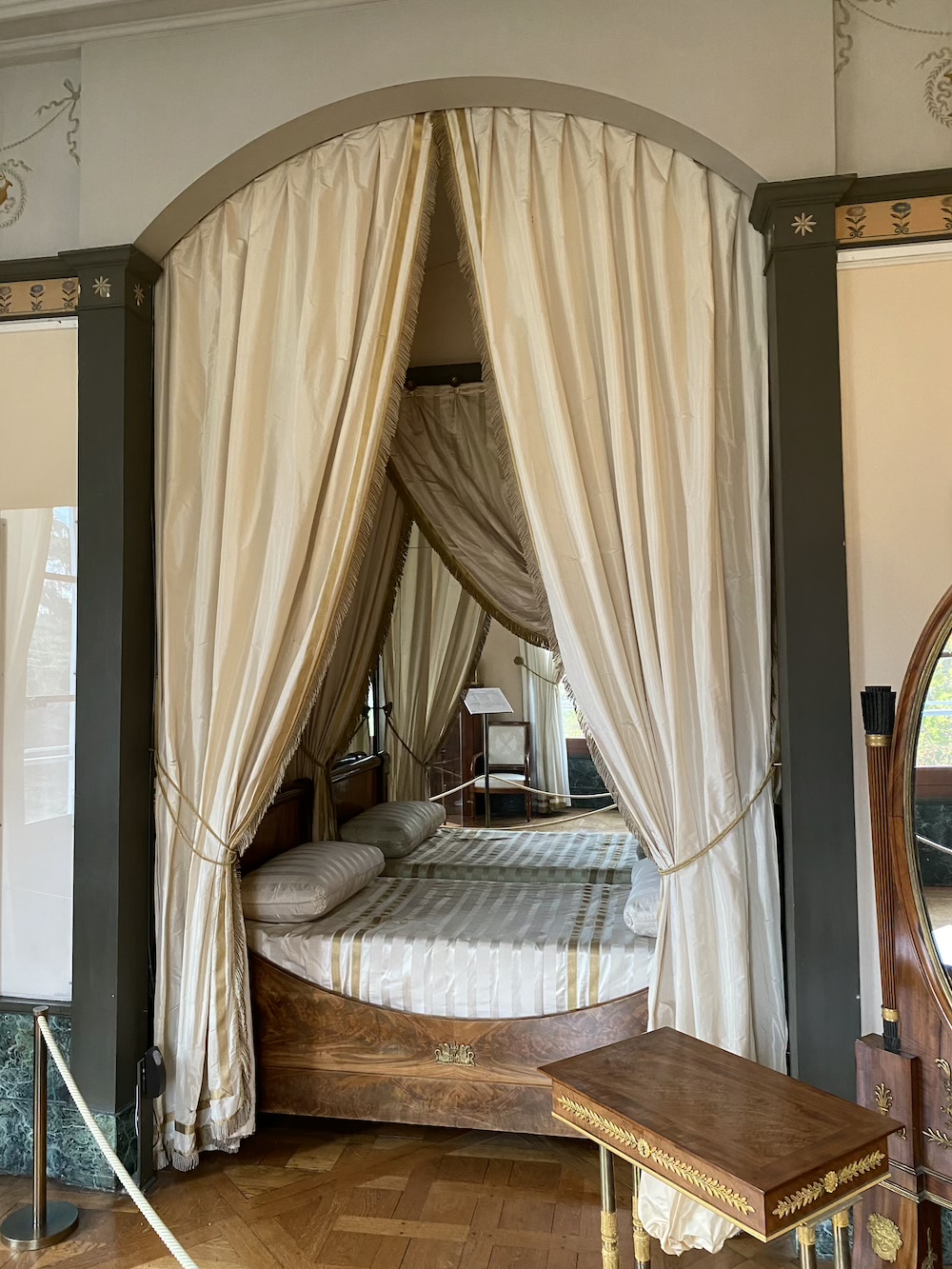
In 1809, after a divorce from Josephine, the monarch retained her the title of Empress of France and gave her Malmaison Castle. In the spring of 1814, Josephine Beauharnais received the Russian Emperor Alexander I at the Malmaison Palace, who watched her fade away (May 29, 1814, the Empress of France died).
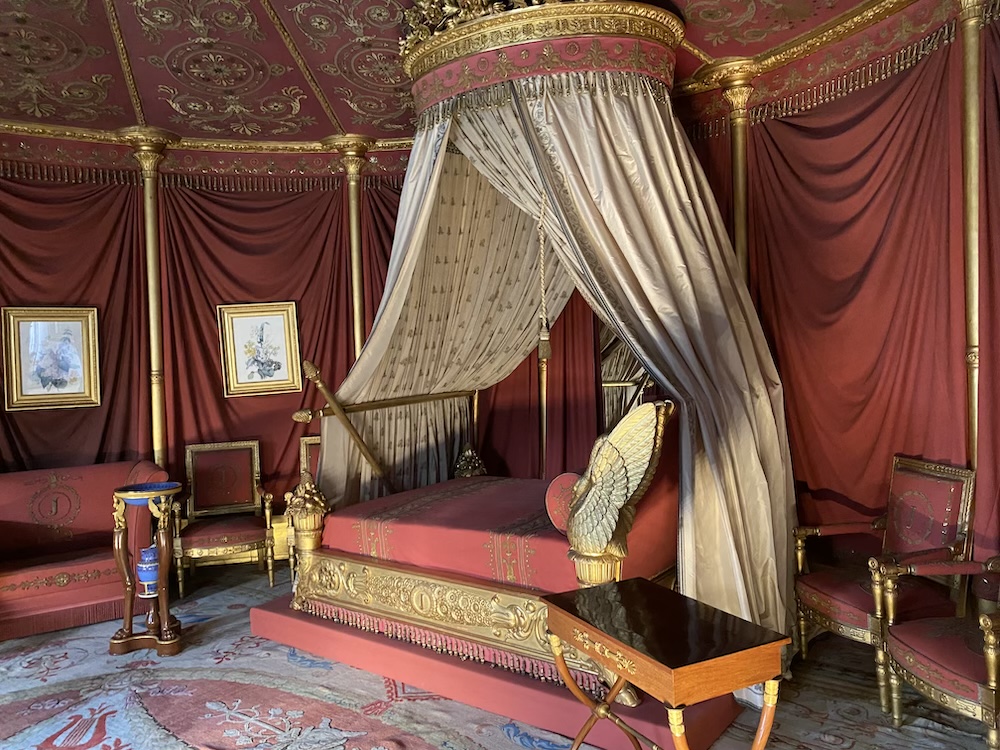
After the death of the Empress, the estate was inherited by Josephine’s son, Prince Eugene de Beauharnais, who sold to Alexander I the paintings that adorned the castle from the Kassel collection.
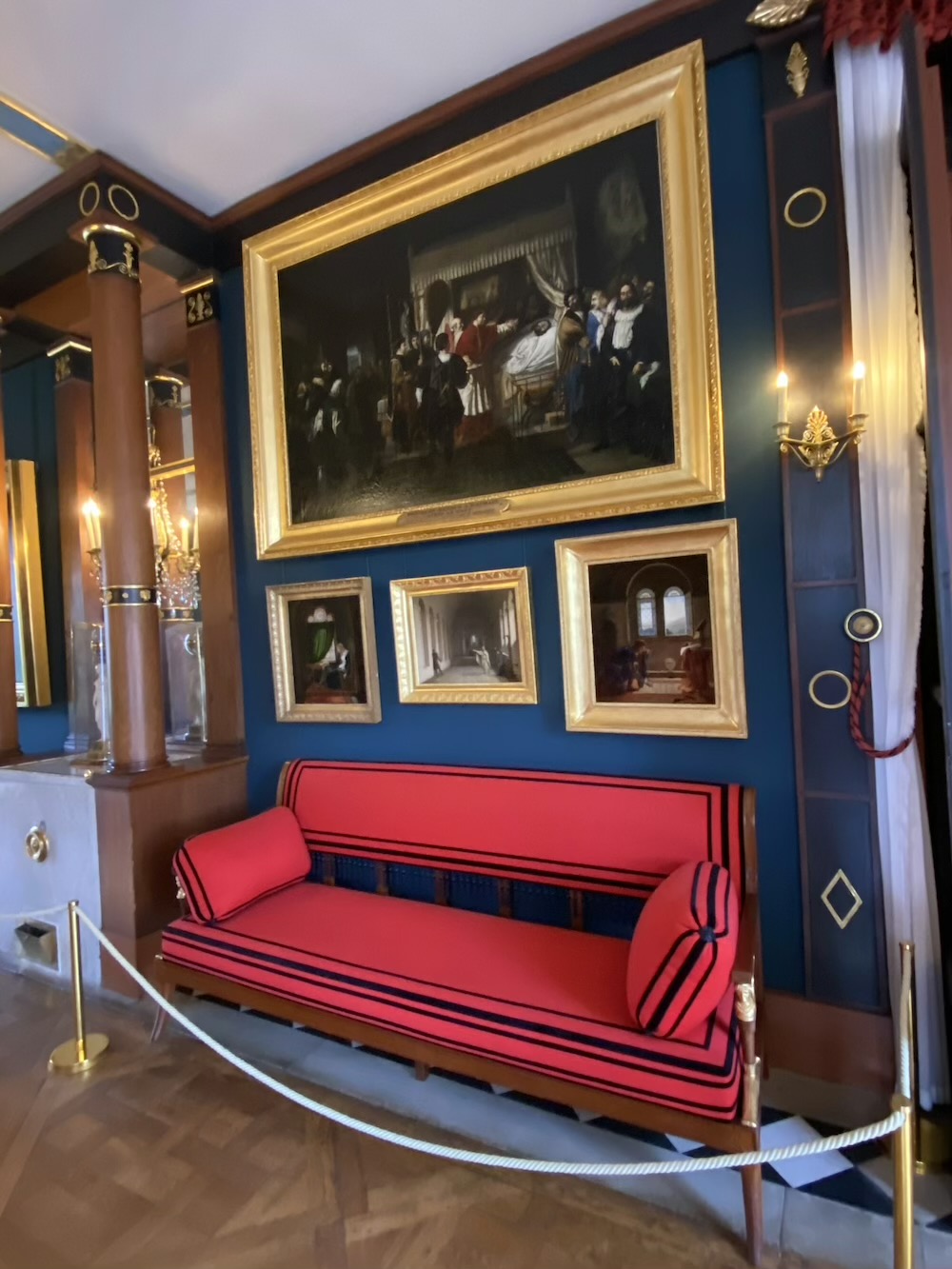
Among other property of Josephine, four statues of Canova and a cameo of Gonzaga were delivered to the Hermitage. After the death of the prince, his widow sold Malmaison Castle to the Swedish banker Jonas Hagerman.
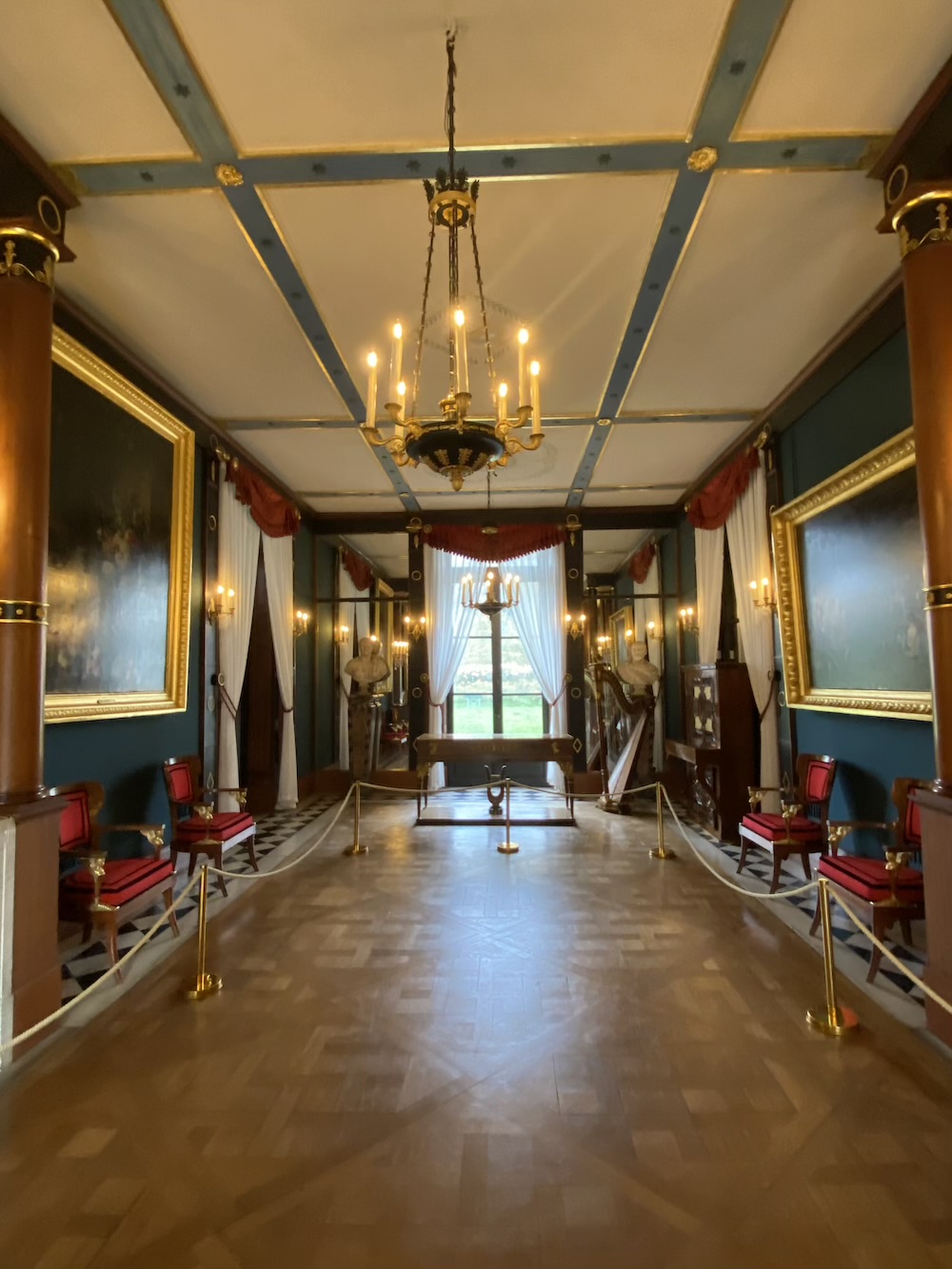
All interiors in this palace are decorated in French Empire style, you can define it by noticing its key characteristics:
- Rigorous spirit of Symmetry: generally, the motifs on a piece’s right and left sides correspond to one another in every detail
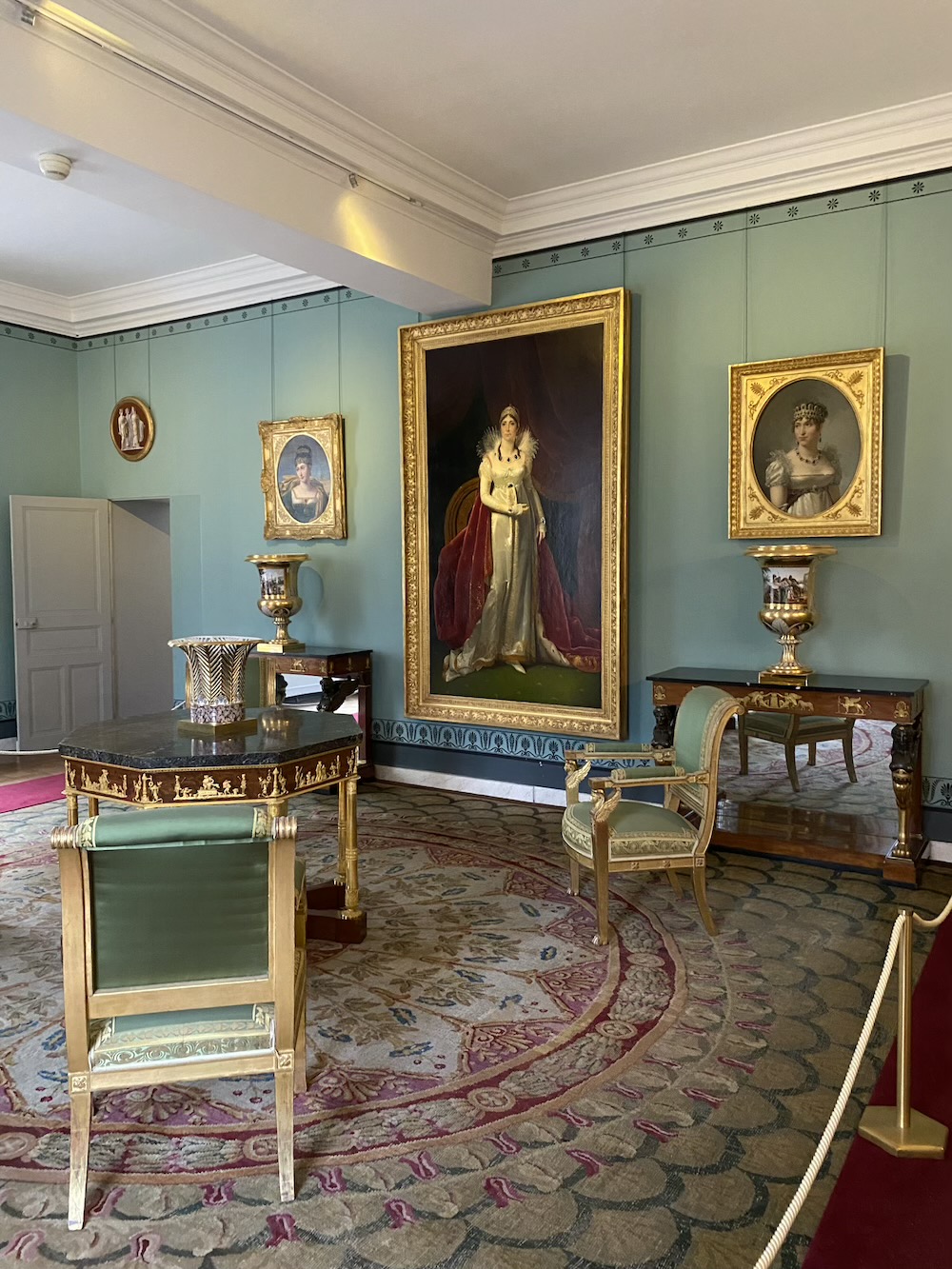
2. Napoleon has a set of emblems associated with his rule – the eagle, the bee, stars, and the initials I (the Imperator) and N (for Napoleon).

3. Motifs used include: figures of Victory bearing palm branches, Greek statues and symbols, figures of antique chariots, winged putti, mascarons of Apollo, Hermes and the Gorgon, swans, lions, the heads of oxen, horses and wild beasts, butterflies, claws, winged chimeras, sphinxes, bucrania, sea horses, oak wreaths knotted by thin trailing ribbons, climbing grape vines, poppy rinceaux, rosettes, palm branches, and laurel (Source).
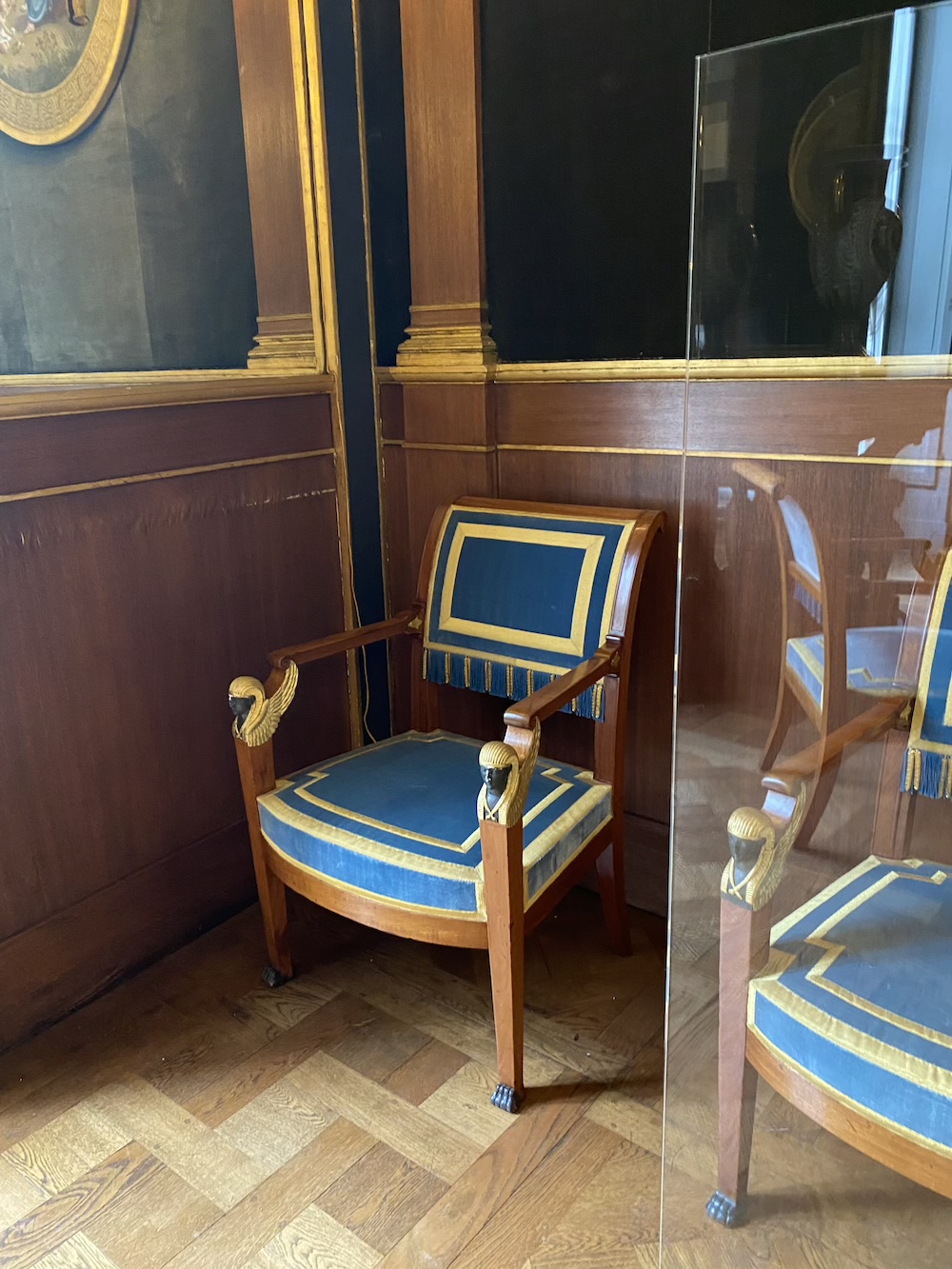
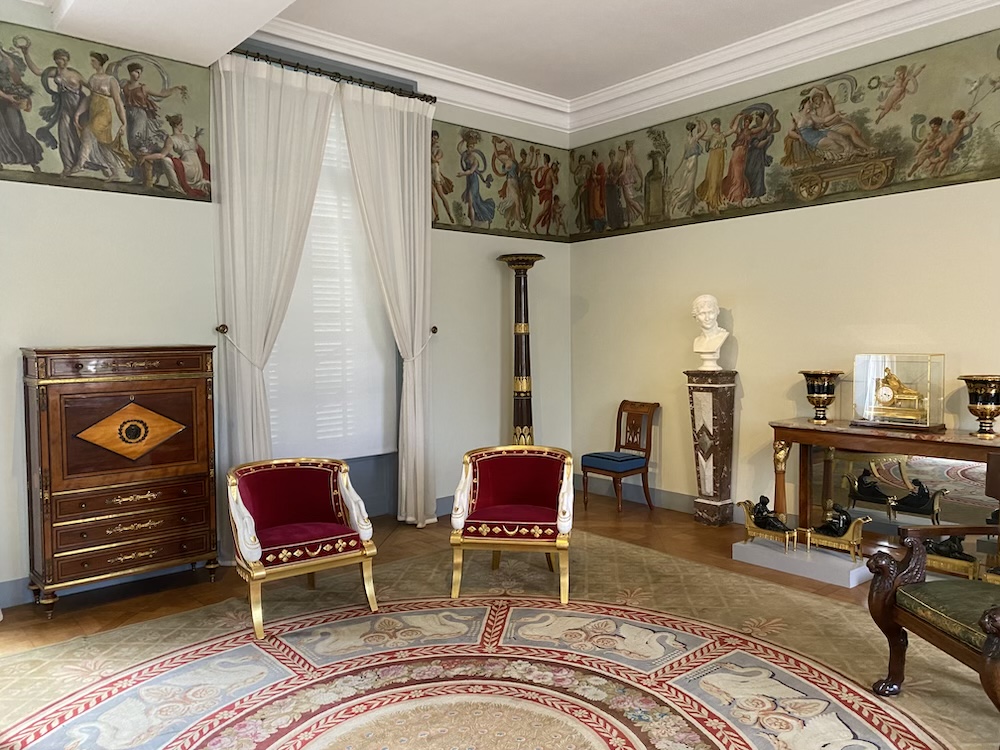
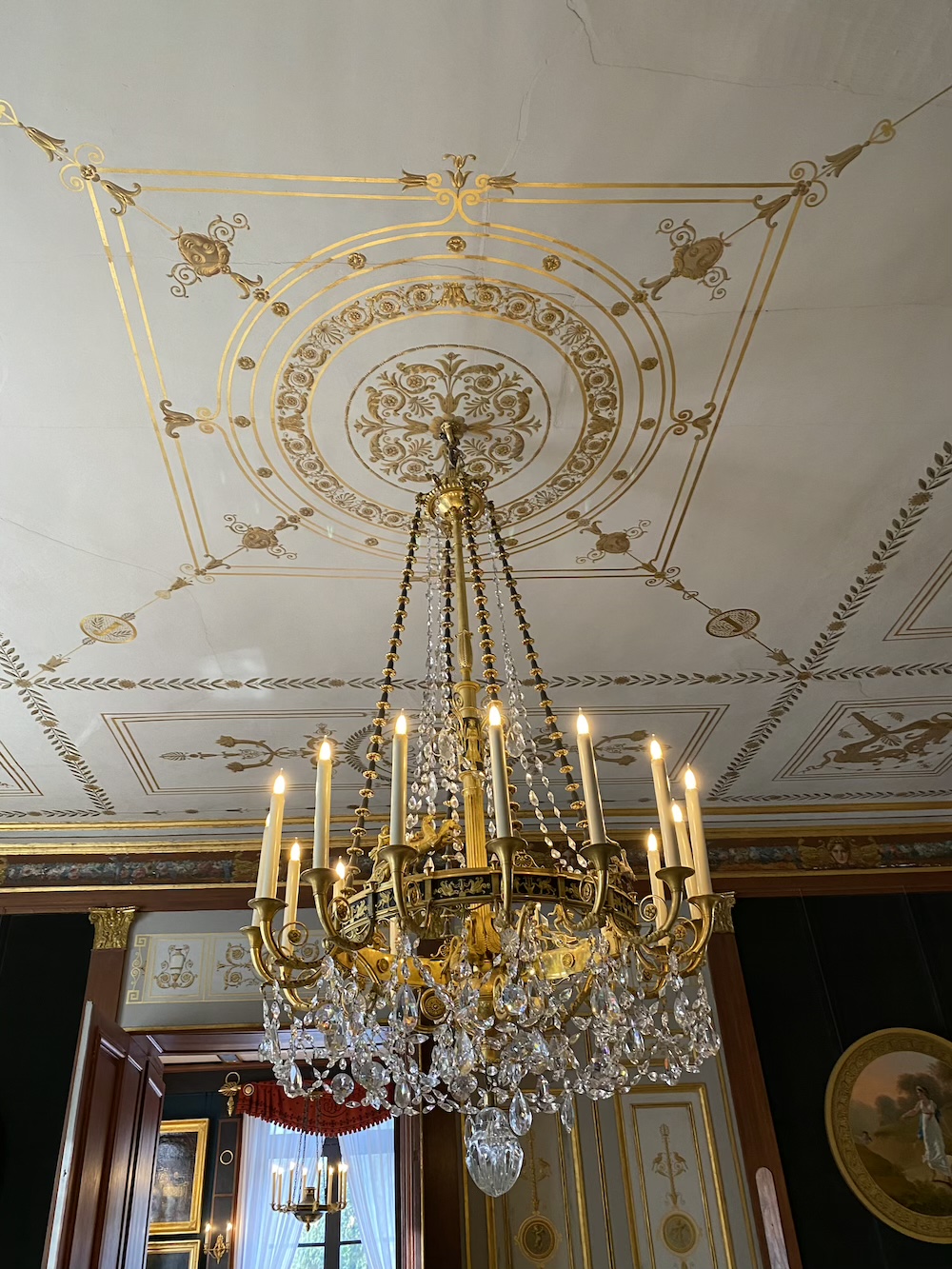
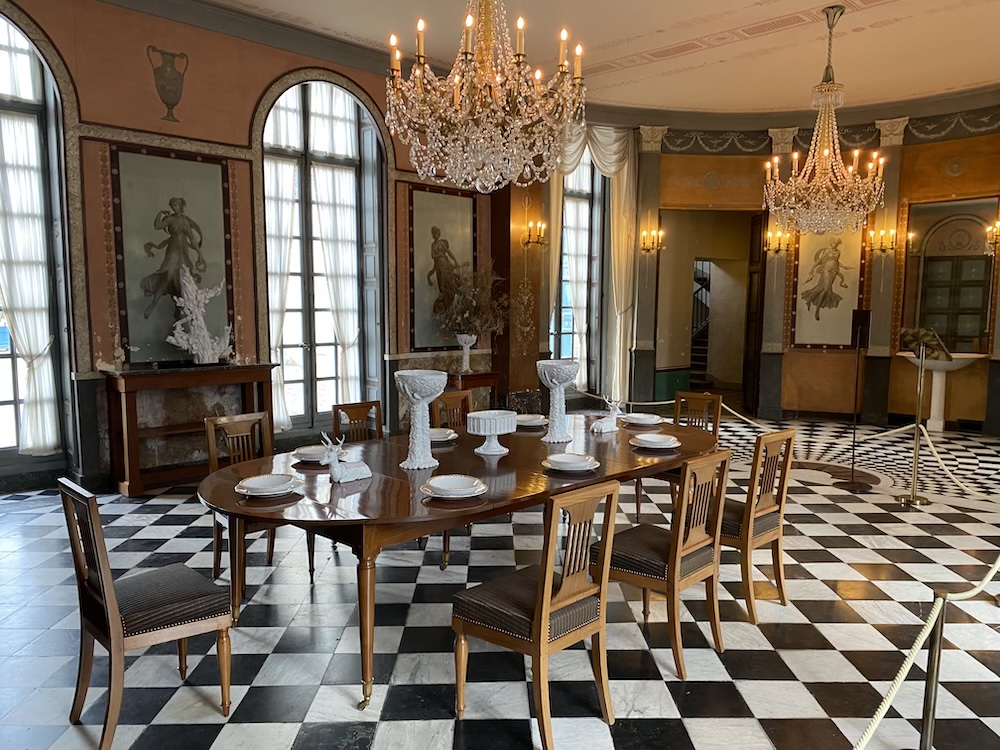
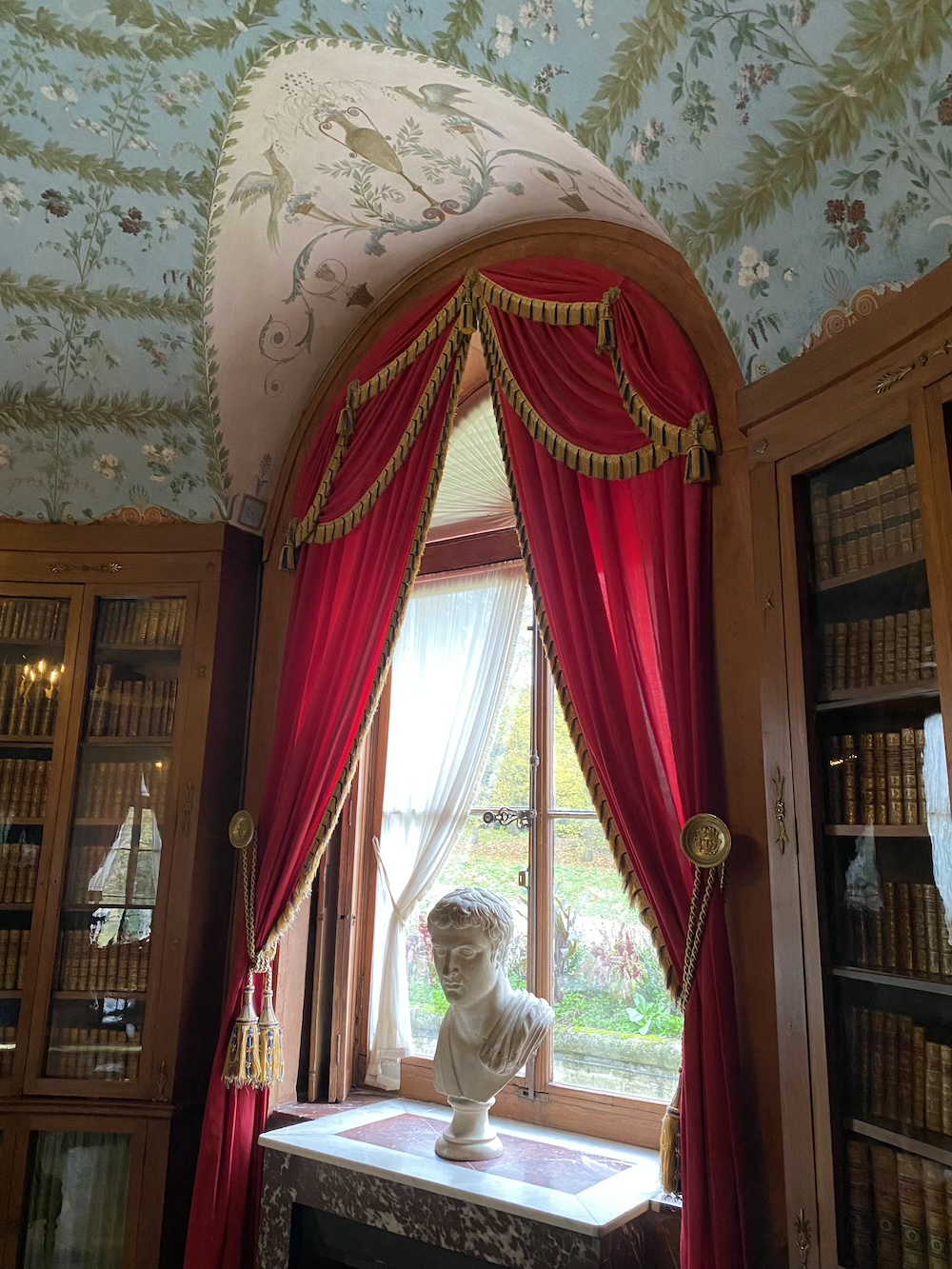
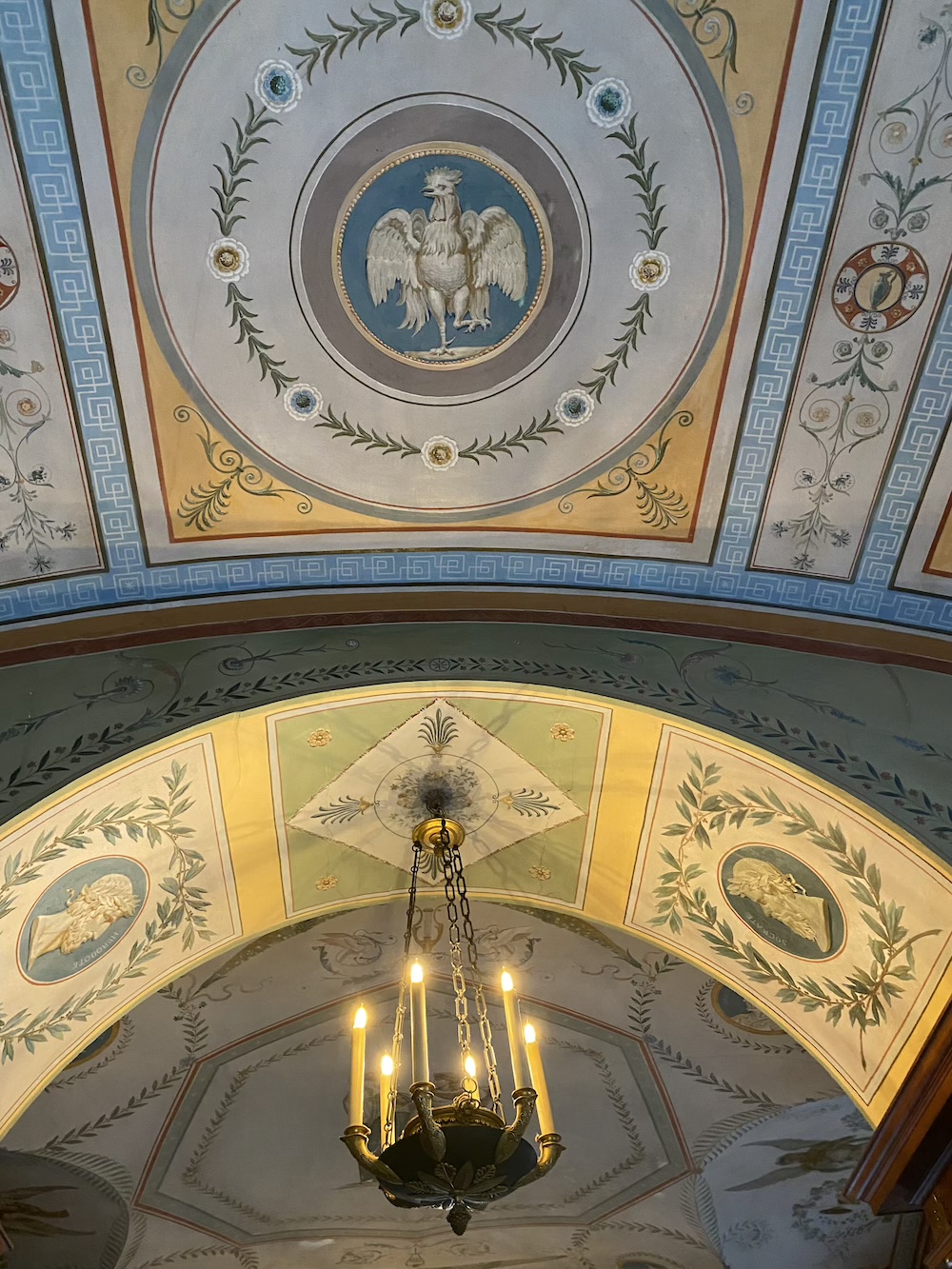
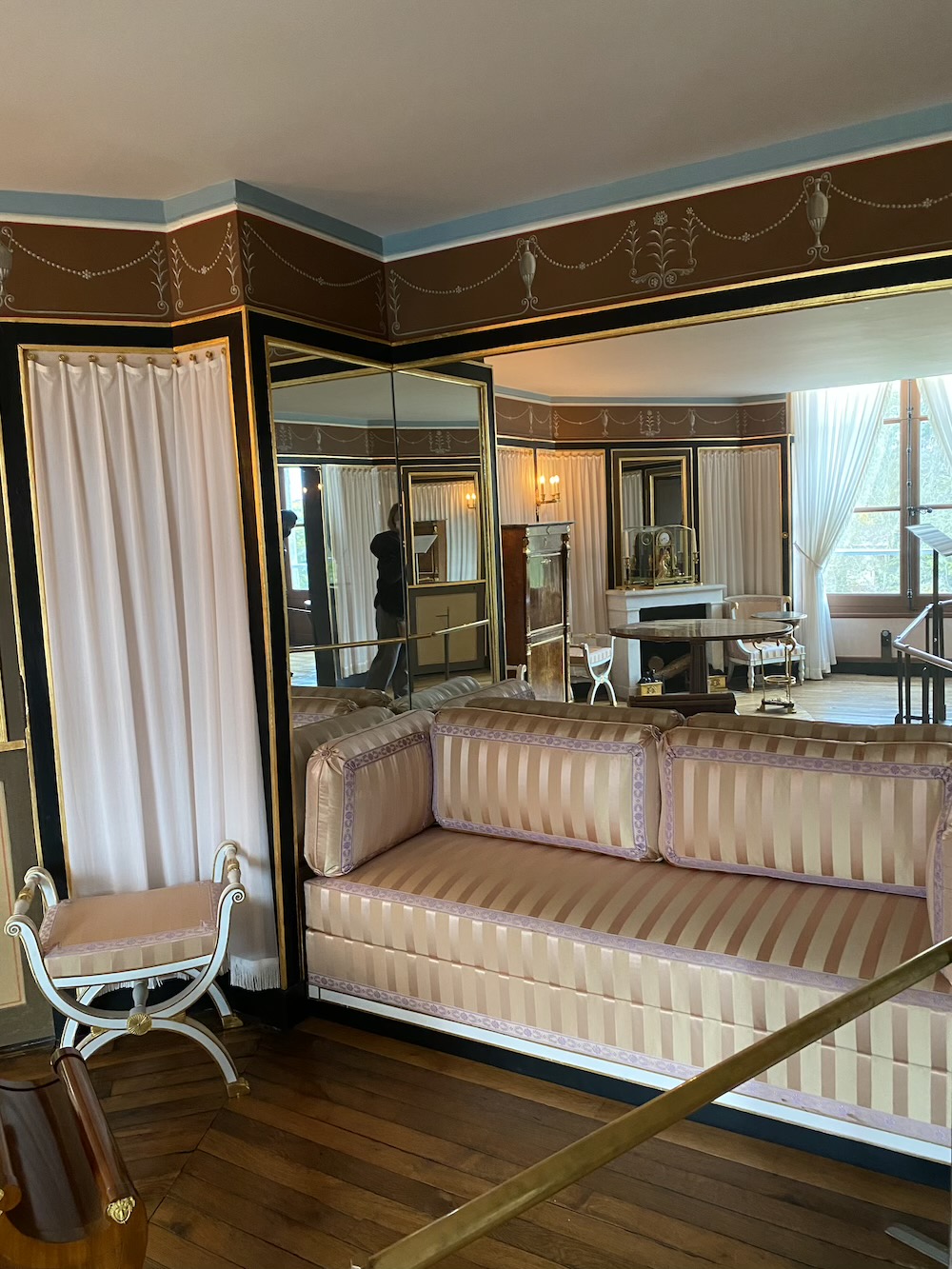
Want to learn more about various historic interior styles? Check out my “History of styles” book:

